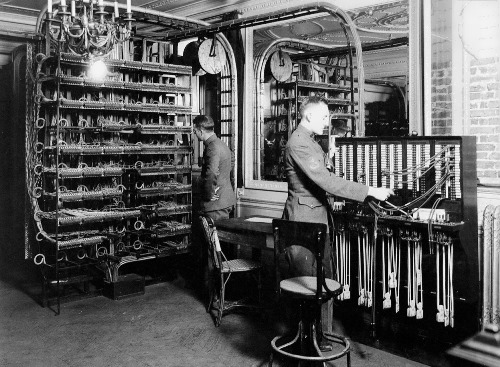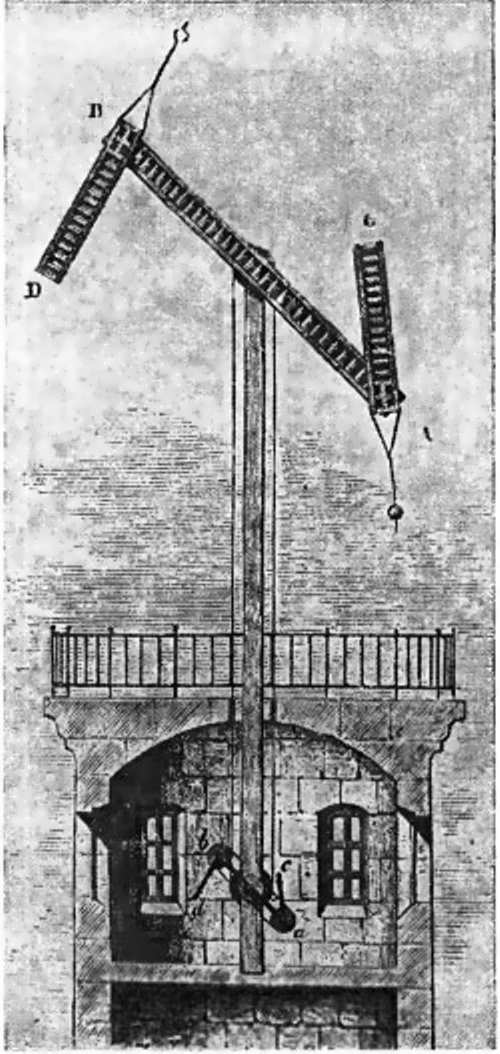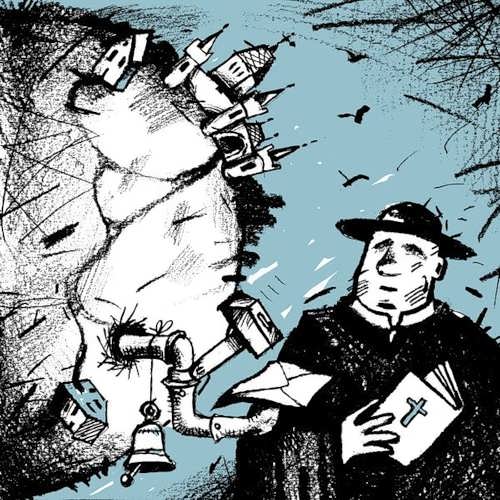History of telegraph
Telegraph was a wonderful instrument. Now it seems a fossil in the world of developed computer technologies. But when it was invented it was a real miracle. At first people would not believe that messages could possibly come over a wire. They waited until the mails brought the same news before they would believe it.
It was Samuel Morse who invented telegraph. He had studied both painting and sculpture and expected to earn his living as an artist. Morse tramped from town to town, painting portraits for a living for himself and his three children. However, he was thinking of different inventions. Once, Morse thought that messages could be sent by electricity and began working on his invention. He worked on it for twelve years. He also had to invent an alphabet to use in sending telegrams. It consisted of dots, dashes, and spaces.
“What hath God wrought!” was the first message sent by telegraph. By the end of the nineteenth century, most of the world was connected by telegraph lines. In 1842 Morse laid the first underwater conductor in New York Harbor.
Telegraph is a device for communicating over a distance. It uses electricity to send coded messages through wires. It was the standard means of communication in Europe and the United States. Before this invention people communicated with the help of smoke signals by day and fires by night. Drum beats were also used. For example, Native Americans used signal fires before colonial times and later.
In 1791, the French engineer Claude Chappe and his brother Ignace invented the semaphore. It is an optical telegraph system that relayed messages from hilltop to hilltop using telescopes. It could signal all the letters of the French alphabet as well as some numbers. Chappe combined the Greek words tele meaning distance and graphien meaning to write, to define it as “writing at a distance.”
Italian physicist Alessandro Giuseppe A. A. Volta attempted to use electricity to communicate. But he failed because a dependable source of electricity was not available.
In 1819 the Danish physicist Hans Christian Oersted demonstrated that he could use an electric current to deflect a magnetic needle.
In 1837 two Englishmen, William Fothergill Cooke and Charles Wheatstone designed a five-needle telegraph system. Their electric telegraph was immediately put to use on the British railway system.

Telegraph in Room 15 Elysee Palace Hotel in Paris, France, September 4, 1918. (U.S. Army Signal Corps)









